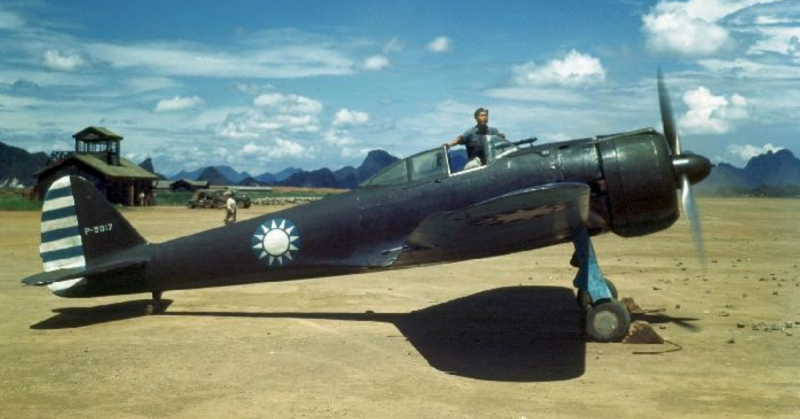The Nakajima Airplane Company produced several of Japan’s most important fighter planes, contributing significantly to the country’s efforts in World War II.
Ki-27
The aircraft that became the Ki-27 began life as part of a private venture to develop an all-metal stressed-skin plane. When the Imperial Japanese Army solicited bids for an advanced fighter, the design was adapted and submitted as the Ki-27. It was accepted for Army service in December 1937.
The Ki-27 was not as advanced as some other fighters produced at the same time. Its landing gear was fixed rather than retracting, it had a skid instead of a tailwheel, and it lacked a starter motor. The lack of armor around the pilot and self-sealing fuel tanks made it vulnerable when hit. It carried only relatively light 7.7mm machine guns.
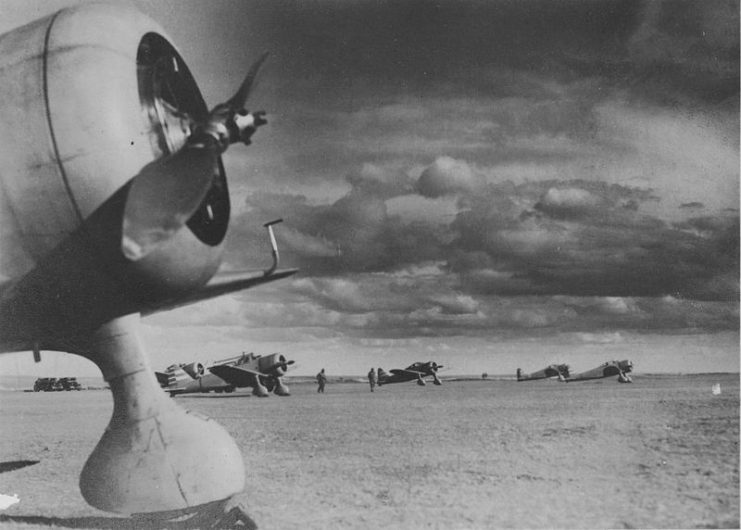
But what it lacked in modern protective features, the Ki-27 made up for in maneuverability and speed. First entering combat over China in 1938, it dominated the skies until the arrival of the Soviet-built Polikarpov I-16.
When war broke out with America in 1941, the Ki-27 was the weapon of most front-line Japanese Army fighter units. At first, it was effective against Allied planes, but when the enemy introduced more advanced fighters, the Ki-27 proved too vulnerable. It was withdrawn to the mainland, where it served in air defense until 1943 and was used for training and then kamikaze attacks until 1945.
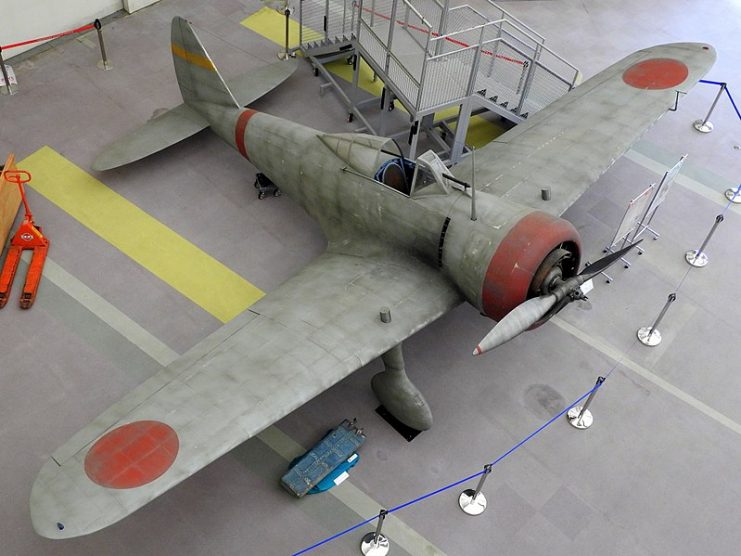
Ki-43 Hayabusa
In 1937, the Army started looking for the fighter that would replace the Ki-27. This time, they wanted something with a retractable undercarriage. Nakajima responded with the Ki-43.
Like its predecessor, the Ki-43 lacked self-sealing tanks, pilot armor, and a starter motor, sacrificing these features in favor of speed and maneuverability. Its test flights didn’t provide the sort of performance the Army was looking for, so development was abandoned in 1939.
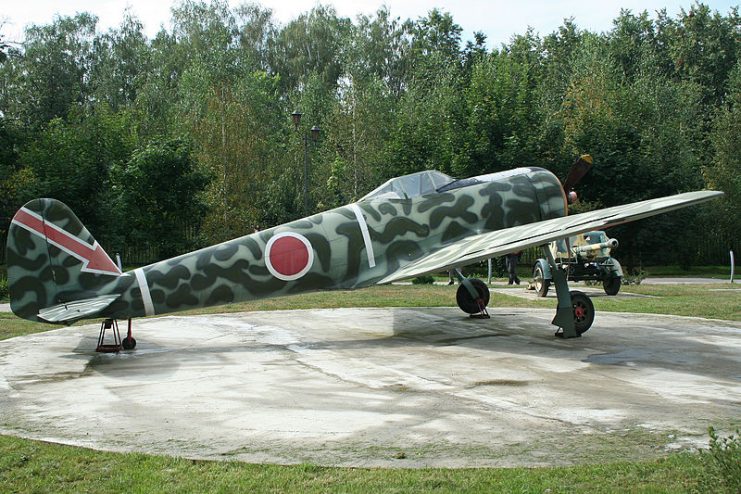
In spring 1941, work began again on the Ki-43. The addition of combat flaps improved its maneuverability, letting it turn as tightly as the Navy’s famed Mitsubishi A6M Zero-Sen. Now it was a plane the Army was willing to buy.
In June 1941, Ki-43s entered service for the first time. Within a few months, Japan was at war not just with China, but also with the Allied nations, putting more pressure on the Army Air Force.
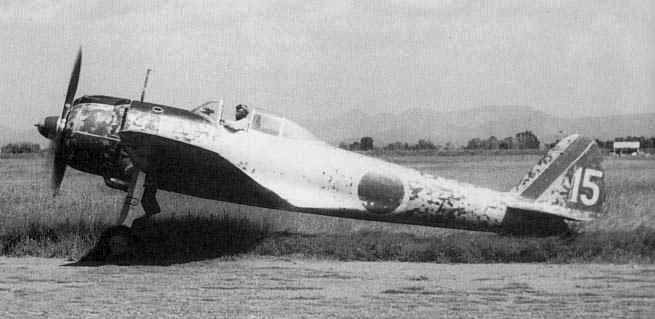
A pair of 12.7mm machine guns made the Ki-43 harder hitting than the Ki-27, and it soon proved successful against Allied planes. But early experiences led to a change in the design of the plane and arguably of the philosophy behind it. Armor, self-sealing fuel tanks, and a more powerful engine were added, with the designers accepting the extra weight in return for better combat performance.
Nearly 6,000 Ki-43s were built and they served throughout the war across the Pacific theater. Most aces in the Imperial Army’s air arm racked up their kills while flying Ki-43s. Only the Zero could match it for significance in Japan’s aerial armada.
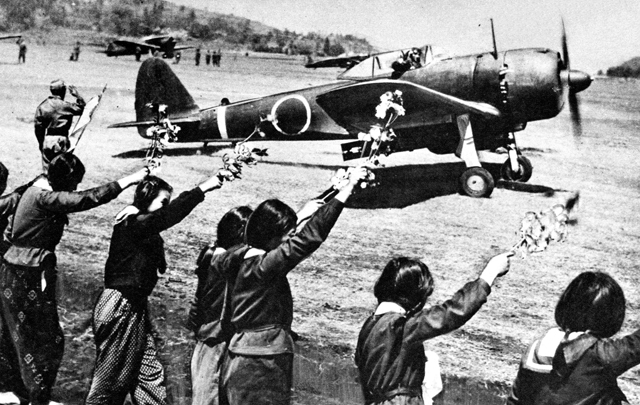
Ki-44 Shoki
While the Ki-43 was designed to match enemy fighters, the Ki-44 was built for a different role. As an interceptor, its primary purpose was to deal with incoming bomber raids.
Because of this different role, the Ki-44 had a different set of design priorities from its predecessors. High speed and a good rate of climb were far more important than maneuverability. It needed to quickly get in the enemy’s face, not engage in protracted, swirling combats.
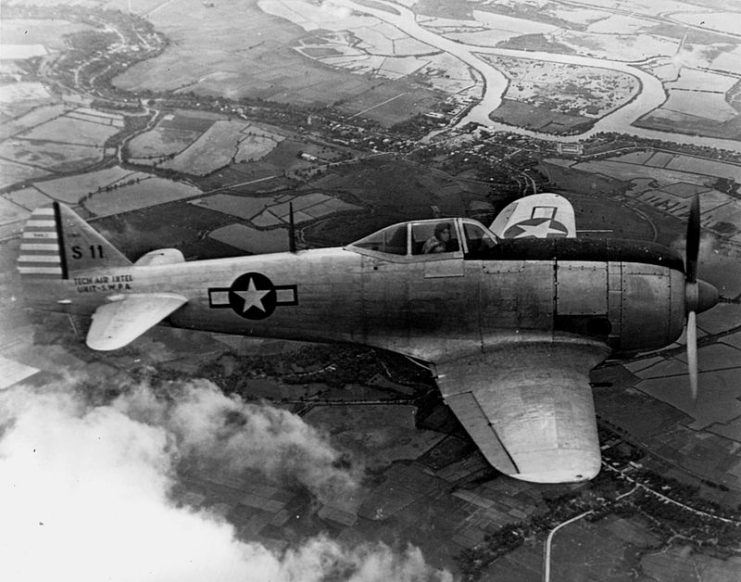
The Ki-44 had its first test flight in August 1940. It was a great success. It outperformed an imported Messerschmitt Bf109E, one of the finest fighters of the early war and the pride of the German Luftwaffe. Equipped with four 12.7mm machine guns, it was also harder hitting than the Ki-43.
Despite this success, the Ki-44 was not mass produced until the middle of 1942. 1,225 were made over the years that followed. Most of them spent the war based on the home islands, fighting back against the growing waves of Allied bomber raids, as the war in the Pacific crept closer and closer to Japan. In one mission in February 1945, a small group of Ki-44s destroyed 10 out of a force of 120 American B-29s.
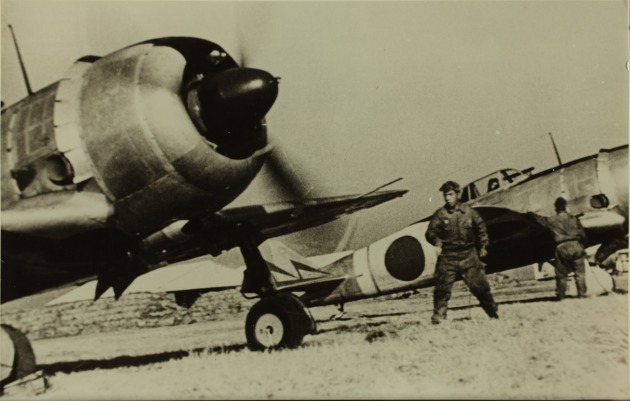
Ki-84 Hayate
In 1942, Nakajima began work on a replacement for the Ki-43. The Army had asked for a long-range fighter good enough to outperform a growing fleet of modern Allied aircraft. The result was Nakajima’s best fighter of the war.
The Ki-84 first flew in March 1943. It quickly became apparent that it would outperform anything else currently being produced in Japan. In October, it was tested in combat conditions, and soon it went into production.
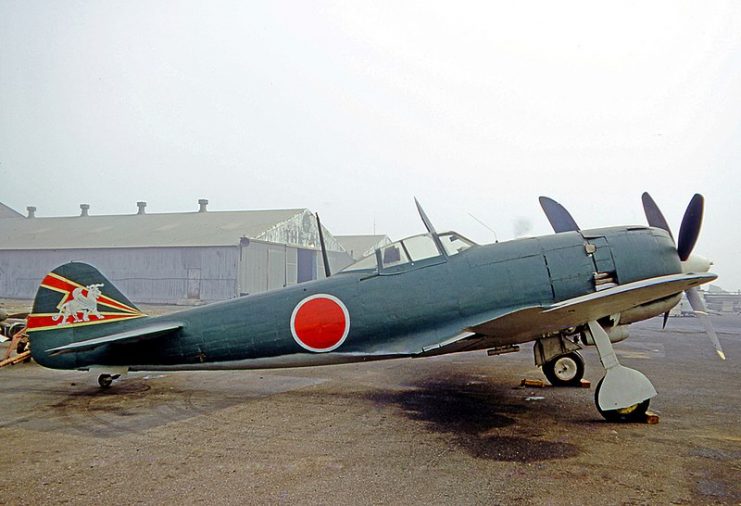
In April 1944, mass produced Ki-84s began emerging from Nakajima’s plant. They were sent into combat in the skies above China, where they faced American P-51 Mustangs and P-47 Thunderbolts. The Ki-84 was faster than either of these planes everywhere but at the greatest heights. Its excellent climb rate and maneuverability led to victories against the Allied planes.
Unlike many previous Japanese planes, the Ki-84 was armored. It carried two 12.7mm machine guns and two 20mm cannons, giving it the firepower to penetrate enemy armor and self-sealing fuel tanks. It could also be equipped with a pair of 550-pound bombs for ground-attack missions.
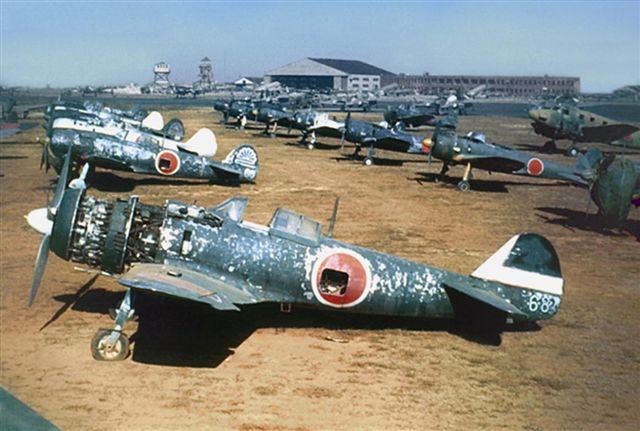
The Ki-84 was a huge asset to the Japanese Army Air Force, but from the start it had its problems. Ground handling and taxiing were awkward and the torque of the engine caused it to swing to the left after takeoff. A skilled pilot could handle these relatively minor problems, accepting them as the price for flying a machine that could outmatch the Allies. But as Japan came under pressure from bombing raids and supply shortages, the quality of production fell.
Read another story from us: Japanese “Army Zero” – Nakajima Ki-43
Performance deteriorated, engines became unreliable, and landing gear sometimes snapped on hitting the ground. Attacks on Nakajima’s factories meant that the company couldn’t produce the number of planes the Army wanted.
Despite production problems and falling standards, Nakajima planes remained important throughout the war, a sign of the company’s skill at giving the Army what it needed.
